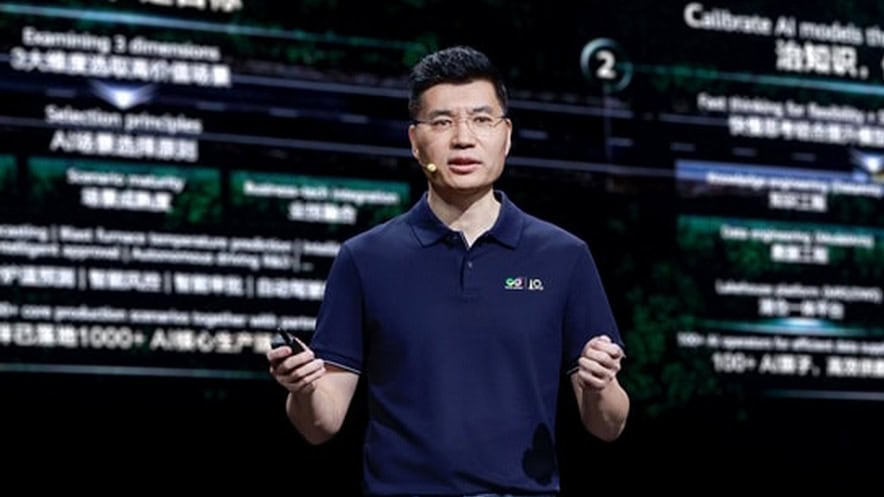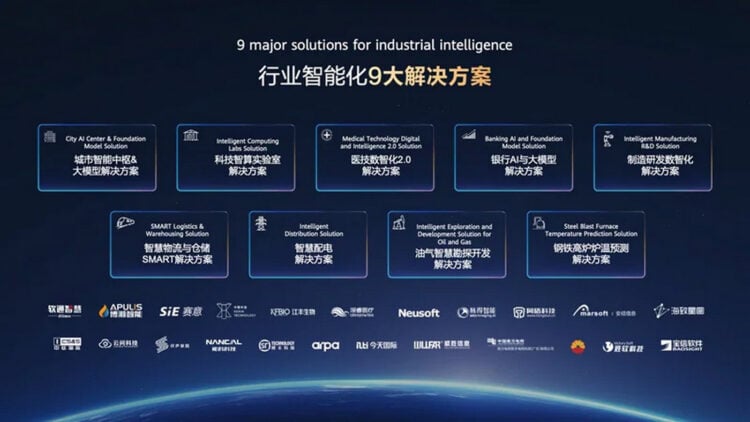Huawei has introduced an innovative three-step "ACT" pathway designed to advance industrial intelligence, enabling enterprises to effectively harness AI technologies for measurable business outcomes.
This strategic framework—comprising Assess, Calibrate, and Transform—aims to integrate AI deeply into core operations, thus driving significant competitive advantages.
Assess: The first step involves evaluating high-value scenarios where AI can be implemented. Huawei employs its AI Scenario Assessment Framework, which has successfully identified over 1,000 core production scenarios ripe for AI adoption. By determining the business value, scenario maturity, and integration with existing technologies, enterprises can focus their efforts where they will yield the greatest impact.
Calibrate: In this phase, Huawei assists organisations in converting raw data into actionable intelligence. This involves creating industry-specific AI models tailored to vertical data, ensuring that enterprises can leverage their unique datasets effectively.
“The value of AI lies in its ability to transform processes and promote intelligent product delivery when deeply integrated with core production scenarios,” said Leo Chen, Huawei’s Senior Vice President and and President of Enterprise Sales.

This focus on high-quality, proprietary data allows businesses to develop models that significantly enhance operational efficiency and competitiveness.
Transform: The final step is about deploying scaled AI agents to transform business operations. Huawei provides a versatile platform that can automatically generate AI agents and workflows, streamlining the deployment process. This capability enables organisations to implement AI solutions that enhance productivity and decision-making across various functions.
Huawei's ACT pathway has already demonstrated its effectiveness across multiple industries. For instance, in the banking sector, a dynamic master–sub-agent architecture was developed to improve workflows and risk management, resulting in increased revenue and operational efficiency.
Similarly, China Southern Power Grid utilised Huawei's Ascend computing platform to create "MegaWatt," a large AI model that boosted defect and risk identification efficiency during power line inspections by five times.
In healthcare, Runda Medical leveraged Huawei’s Ascend inference servers to develop an AI medical record appliance solution. This innovation reduced medical record generation time to about one second, significantly improving consultation efficiency at West China Hospital.
With the ACT pathway, Huawei is also fostering a collaborative ecosystem, attracting over 6,300 Kunpeng partners and 2,700 Ascend partners. This network facilitates the rapid sharing of successful practices and enables organisations to replicate effective AI applications across sectors.
As enterprises navigate the complexities of AI implementation, approaches such as Huawei's ACT pathway stand out as a comprehensive guide for achieving authentic industrial intelligence, driving sustainable growth, and enhancing operational capabilities.



